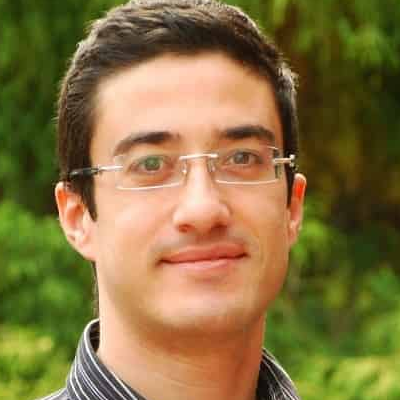Impact of Emerging Technologies on Food Microorganisms: Growth, Conservation, and Extraction of Valuable Compounds
A special issue of Foods (ISSN 2304-8158). This special issue belongs to the section "Food Microbiology".
Deadline for manuscript submissions: closed (30 July 2020) | Viewed by 6446
Special Issue Editor
Interests: fermentation; emerging processing technologies; valorization of by-products and agro-industrial waste bioprocess; antioxidant bioactive compounds
Special Issues, Collections and Topics in MDPI journals
Special Issue Information
Dear Colleagues,
Over the past decade, the application of emerging technologies (e.g., pulsed electric field (PEF), high-voltage electrical discharge (HVED), ultrasound (USN), high-pressure processing (HPP), microwave (MW), ultraviolet (UV), etc.) has been extensively applied to microorganisms for several purposes. These applications include stimulation (i.e. stress), preservation, and inactivation towards the extraction of valuable compounds, among others (e.g., drying, freezing, etc.). Depending on the intensity of the application of these technologies (e.g., intensity of PEF, USN, etc.), the impact on microorganisms will be different. For example, it has been reported that either low-intensity PEF/USN or low-pressure treatment led to a stimulation of microorganism growth, and many effects, including shortening the fermentation time, accelerating the substrate consumption, and increasing the microbial biomass have been reported. However, information about the mechanisms of microbial stimulation remains unclear and insufficiently studied. Increasing the energy of application of emerging technologies involves further stress to microorganisms, and has led to a decrease in the fermentation kinetics during fermentation, and then to microbial inactivation. Many applications have been associated with microbial inactivation using emerging technologies. Some of these have already been industrialized (e.g., PEF and HPP), while others have been successfully applied at laboratory scale (e.g., HVED). Therefore, more research studies are required to further investigate the impact of emerging technologies on microorganisms.
In view of the above potential and developments, the journal Foods is inviting authors to submit unpublished original contributions, critical review articles, and short communications for consideration in the Special Issue “Impact of Emerging Technologies on Microorganisms: Growth, Conservation, and Extraction of Valuable Compounds”. Topics covered in this Special Issue include but are not limited to:
- Enhancing food fermentation processes by microbial stimulation;
- Developing new fermented products assisted by innovative processing;
- Extracting valuable microbial compounds using emerging technologies;
- Studying the impact of emerging technologies on the conservation of microorganisms;
Scaling-up and implementation of innovative food fermentation processes.
Prof. Mohamed Koubaa
Guest Editor
Manuscript Submission Information
Manuscripts should be submitted online at www.mdpi.com by registering and logging in to this website. Once you are registered, click here to go to the submission form. Manuscripts can be submitted until the deadline. All submissions that pass pre-check are peer-reviewed. Accepted papers will be published continuously in the journal (as soon as accepted) and will be listed together on the special issue website. Research articles, review articles as well as short communications are invited. For planned papers, a title and short abstract (about 100 words) can be sent to the Editorial Office for announcement on this website.
Submitted manuscripts should not have been published previously, nor be under consideration for publication elsewhere (except conference proceedings papers). All manuscripts are thoroughly refereed through a single-blind peer-review process. A guide for authors and other relevant information for submission of manuscripts is available on the Instructions for Authors page. Foods is an international peer-reviewed open access semimonthly journal published by MDPI.
Please visit the Instructions for Authors page before submitting a manuscript. The Article Processing Charge (APC) for publication in this open access journal is 2900 CHF (Swiss Francs). Submitted papers should be well formatted and use good English. Authors may use MDPI's English editing service prior to publication or during author revisions.
Keywords
- fermentation
- microbial stimulation
- emerging technologies
- valuable compounds recovery
- microbial conservation






